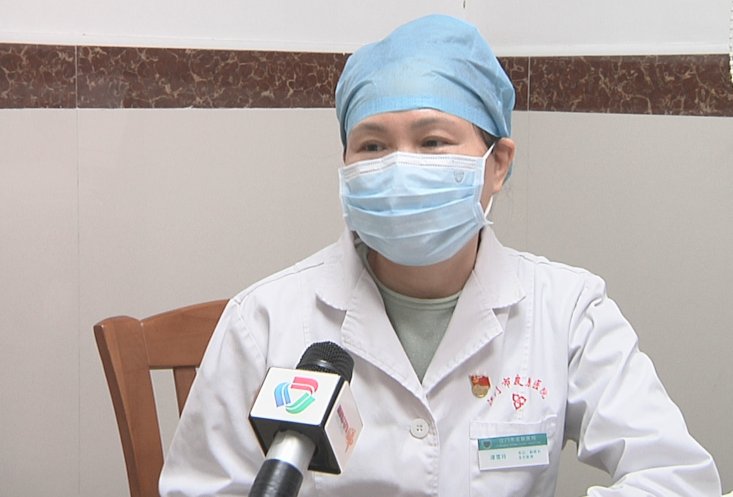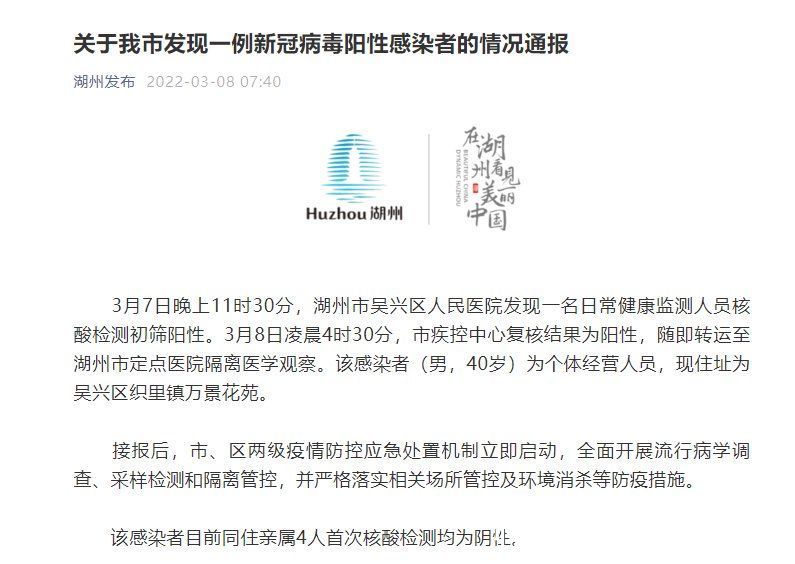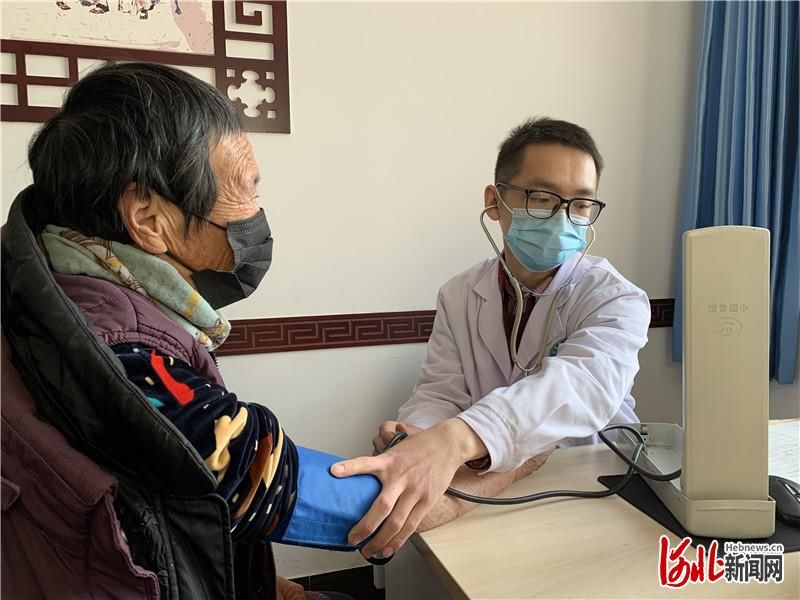內容目錄
WuXi AppTec Content Team Editor
There are two main types of adipose tissue in humans and mammals. Among them, white adipose tissue (WAT) stores excess energy in the body in the form of triglycerides and is used when needed, and is the main storage form of human fat. Brown adipose tissue (BAT) contains more mitochondria, whose main role is to consume calories to maintain body homeostasis.
Recently, the “New England Journal of Medicine” (NEJM) published a major review, summarizing the current medical community’s latest understanding of human adipose tissue, and analyzing the role of different adipose tissue in the endocrine system. key role played.
The paper states that long-term activation of brown adipose tissue may provide broad health benefits to the gastrointestinal, cardiovascular, and musculoskeletal systems. Activating brown adipose tissue, or converting white adipose tissue into brown adipose tissue to increase the body’s energy consumption, is a potentially important direction for the treatment of obesity in the future!

Screenshot source: NEJM
You may not know about fat
The paper highlights that the importance of adipose tissue to the human body has long been overlooked. For the general public who are trying to lose weight, what they most want to see is the reduction of fat, and they do not think that fat is a beneficial part of the human body; for medical professionals, the academic community has long ignored targeting fat Organizational learning and research.
However, discoveries over the past three decades have revolutionized our understanding of adipose tissue. For example, fat is not a single entity, it is a collection of adipose tissue with different anatomical and functional characteristics.

▲Main distribution sites of white adipose tissue and brown adipose tissue (Image source: Reference [1]) strong>
White fat
In lean adults: women with white adipose tissue ranging from 20kg to 30kg (30% to 40% of body weight); men with white adipose tissue ranging from 10kg to 20kg (of body weight). 15%~25%).
At present, we can quickly estimate fat mass through data such as sebum forceps, waist circumference, and BMI. On the basis of bioelectrical impedance analysis, dual energy X-ray absorptiometry, etc., combined with CT and MRI, we can accurately calculate body fat content data.
Adult white adipose tissue is mainly located in certain areas such as the neck, shoulders, back of the chest and abdomen, white adipose tissue in these areas helps warm blood flow more quickly Distributed to other parts of the human body to protect the systemic circulation to play a better role.
Brown fat
It is currently known that the maximum level of brown adipose tissue detectable in the human body is about 1kg, usually 50g~500g for adults aged 20 to 50, accounting for about 0.1% of body weight~ 0.5% (0.2%~3.0% of the total weight of adipose tissue). The measurement of brown adipose tissue content is difficult, and currently mainly relies on imaging methods, such as PET-CT and MRI.
Other
White adipose tissue begins to develop in the second trimester, and both visceral and subcutaneous fat white adipose tissue is formed at birth. Brown adipose tissue, which develops as early as the second and last trimesters, protects the newborn from the cold. It is worth emphasizing that in addition to white adipose tissue and brown adipose tissue, there are beige (beige/brite) adipose tissue between the first two, as well as breast tissue, bone marrow and dermis. Pink adipose tissue, these different types of adipose tissue have different physiological roles.
Fat function is grossly underestimated
Adipose tissue is composed of many different types of cells, including adipocytes as well as vascular matrix components such as fibroblasts, blood/vascular cells, immune cells such as macrophages, neural tissue related cell). The paper points out that the function of adipose tissue to the human body has been seriously underestimated in the past.
The number of fat cells remains the same?
It used to be believed that people were born with all the fat cells, and that these cells could only grow or shrink without changing their numbers. Modern research has confirmed that this view is wrong. Through isotope labeling, scientists have found that people are constantly experiencing fat production throughout their lives. The growth of fat cells can not only be reflected in the increase in cell size, but also in the expression for the proliferation of cells.
Specifically,the human body renews an average of about 8% of its fat cells every year, and every 15 years or so, the fat cells in the body have been replaced once. From this point of view, adipose tissue is a dynamic organ, in which the turnover rate of fat cells is even faster than that of many cardiomyocytes!
Can fat play an endocrine role?
It was previously believed that adipose tissue had three main functions, namely, storing heat, maintaining body temperature, and providing buffer protection.
However, research over the past three decades has found that adipose tissue also functions as an endocrine organ, and can exert regulatory functions through autocrine, paracrine and endocrine means.
Adipose tissue can produce dozens of important active factors such as leptin and adiponectin that affect local or distant physiological regulation. For example, the secretion and regulation of related hormones maintain energy supply before and after pregnancy and the normal function of the reproductive system; lower white adipose tissue levels are associated with anorexia nervosa, lipodystrophy, and menstrual interruption; white adipose tissue levels Too high can lead to early puberty and so on.
This fat may be used to treat obesity!
Current treatments for obesity focus on reducing food intake, reducing energy absorption or increasing energy expenditure, with the ultimate goal of reducing triglyceride levels in white adipose tissue. The paper points out that the most effective way to lose weight and improve metabolism is bariatric surgery. Although bariatric surgery reduces obesity complications through a variety of mechanisms, the main source of efficacy is the substantial reduction in white adipose tissue mass.
Some of the drugs currently used in obesity treatment research are also related to adipose tissue. For example, glucagon-like peptide 1 receptor agonists (such as liraglutide), which can induce weight loss by suppressing appetite (more effectively when combined with exercise), however, may also have beneficial effects by stimulating white adipose tissue Lipolysis and brown adipose tissue thermogenesis are mediated. In addition, potential new therapies such as bimagrumab, a targeted activin type II receptor inhibitor, can promote skeletal muscle growth while reducing white adipose tissue mass.

▲Different types of fat cells and mechanisms of adipose tissue thermogenesis (Image source: Reference[1]) strong>
It is worth noting that long-term activation of brown adipose tissue may contribute to the treatment of obesity and related metabolic diseases, which has been demonstrated in rodent studies. confirmed. The presence of limited brown adipose tissue in adults also appears to have a substantial clinical effect, and there is an inverse correlation between brown adipose tissue activity and BMI, according to the results of retrospective and prospective studies.
A recent study showed that people with higher levels of brown adipose tissue had lower levels of blood sugar, triglycerides, and high-density lipoprotein than those with lower levels of brown adipose tissue. The population is healthier. Not only that, the prevalence of cardiometabolic diseases such as type 2 diabetes, dyslipidemia, coronary artery disease, cerebrovascular disease, congestive heart failure and hypertension among people with higher levels of brown adipose tissue significantly lower.
Currently, the activation of brown adipose tissue or the conversion of white adipose tissue into brown adipose tissue to increase the body’s energy expenditure is considered as a potential direction for the treatment of obesity.
Summary
The paper pointed out that we usually use BMI to assess whether a person is obese, but this method does not reflect the distribution of human white adipose tissue. In the future, we will conduct obesity-related Large epidemiological studies are warranted in conjunction with other indicators (eg waist circumference) to assess and gain a deeper understanding of the role of white adipose tissue distribution in obesity-related metabolic disease.
Current research evidence suggests that obesity is not simply an excess of triglyceride storage in white adipose tissue; Cranial-related diseases with high levels of brown adipose tissue and dysfunctional brown adipose tissue. In addition, the results of genome-wide association studies and others have also revealed potential relationships between obesity and its metabolic complications and genetic influences. Overall, obesity is a complex combination of hundreds of genes, socioeconomic needs, and individual decision-making that ultimately results in chronic caloric intake exceeding energy expenditure.
Obesity is not only an independent health problem, but a risk factor for cardiovascular disease, diabetes, hypertension, stroke and other metabolic diseases and cancer. At a time when the global obesity problem is becoming increasingly prominent, a better understanding of the impact of adipose tissue on obesity will help us address the global obesity epidemic.
“People’s Political Consultative Conference Daily” interview Academician Wang Chen, President of the University: Great Medicine, Great Health, Great Health

A few days ago, the National Two Sessions opened. Academician Wang Chen, member of the Standing Committee of the National Committee of the Chinese People’s Political Consultative Conference, President of the Chinese Academy of Medical Sciences, and President of Peking Union Medical College, accepted an exclusive interview with a reporter from the “People’s Political Consultative Conference Daily”. narrated his story about “big medicine…
Beijing added 7 local confirmed cases, involving Haidian District and Chaoyang District| Lilac Morning Reading

Every working day morning, the morning reading of cloves is updated on time, and the first time to track medical hotspots. Shaanxi Province has cumulatively reported confirmed diagnoses…
Gathering the “heart” strength of the police camp to blossom

3 On the morning of March 8, on the “March 8th” Women’s Day, the Xiping County Public Security Bureau held a “Gathering Heart…What should I do if I have skin allergies in spring? Doctors recommend taking precautions

Once the season changes, skin allergy problems will follow due to the large temperature changes. Therefore, spring has also become a season of high incidence of skin allergies. How to properly prevent and treat? Come and listen to the doctor’s advice. Spring returns to the earth, all things recover, flowers are blooming, and animals begin to appear frequently, a derivation…
Pregnant women with tachycardia South China Second Affiliated Hospital “Zero-ray” radiofrequency ablation protects the safety of mother and fetus

South China Second Affiliated Hospital “Zero-ray” radiofrequency ablation protects the safety of mother and fetus. Red Net Moment Hengyang, March 8 (Correspondent Yang Li and Cai Bin) On March 7, the Second Affiliated Hospital of South China University followed up the pregnant women treated by “zero-ray” radiofrequency ablation. Seizures…
Women’s common low blood pressure affects health and what should I do?

A friend asked Hua Zi why he was always talking about high blood pressure instead of low blood pressure? Hua Zi said that because there are many people with high blood pressure, and the harm of high blood pressure is great, more people need to understand the knowledge of high blood pressure. A friend told Hua Zi,…
Nanyang Eighth People’s Hospital Joined with experts from the central hospital to enter the community to carry out free health clinic activities

Yingxiang.com (Elephant News reporter Zhang Dingyou correspondent Wang Wei Wu Song) On March 7, in order to continuously optimize the business environment and go all out to serve the development of enterprises”Golden Gold Shop Second”. On the occasion of “March 8” International Women’s Day, Nanyang Eighth People’s Hospital specially invited Nanyang Central Hospital to…
Meet the Spring Health Walk – Kaili City A medical organization organizes staff to carry out mountaineering activities

Colorful Guizhou Net News March is full of love, the earth is warming, and spring is full of joy. On the afternoon of March 7th, in order to celebrate the 122nd “March 8th” International Women’s Day and show the spirit of women’s health and improvement of the times, the First People’s Hospital of Kaili organized the female staff of the hospital to carry out mountaineering with the theme of “Meeting in Spring, Walking Together Healthily”. Live…
Notice on the discovery of 1 confirmed case of new coronary pneumonia and 1 asymptomatic infection in Zhoucun District, Zibo City
On March 8, 2022, the Zhoucun District Center for Disease Control and Prevention of our city reported 2 cases of positive infection of the new coronavirus nucleic acid test. At present, a negative pressure ambulance has been used to transfer to a designated hospital for isolation and observation. According to the diagnosis by the clinical expert team, 1 case is a confirmed case of new coronary pneumonia…
Teachers for Health

Care for women and popularize health knowledge. On the afternoon of March 7, the Department of Obstetrics and Gynecology and the Department of Breast Surgery of the Jingzhou Branch of the Second People’s Hospital of Huaihua went to the No. 1 Middle School of Jingzhou County to conduct female Health Evangelism. In the process of publicity and education, Xiao Changfeng, chief physician of the obstetrics and gynecology department, combined typical cases and years of clinical practice experience, combined with current…
WHO: The cumulative number of deaths from new coronary pneumonia in the world exceeds 6 million 6 million cases

According to the latest real-time statistics from WHO, as of 16:31 CET on March 8 (23:31 Beijing time on March 8), the cumulative number of confirmed cases of new coronary pneumonia in the world is 446,511,318 , with a total of 6,004,421 deaths. Global confirmed cases of new coronary pneumonia on the 8th…
accelerating regenerative medicine Development of new materials
[Jianzhenyan Strategies] This year’s government work report proposes to improve the capacity of medical and health services. The innovation of new materials for regenerative medicine can promote the autogenous in situ repair and regeneration of human tissues and organs.
Every 8 adults There is 1 diabetic patient in adults, and sugar control should pay attention to “high quality standard”

Cover reporter Zhou Jiayi Photo courtesy of the interviewee. The total number of adults with diabetes in China ranks first in the world, reaching 140 million1,3, and the prevalence rate is also rising, reaching 12.8%. Among them, type 2 diabetes accounted for the majority, of which only 16.5% of the patients achieved blood sugar control. Held on March 5th…
Love and protect your eyes! A group of cute babies in Liaocheng experience being “little ophthalmologists”

Qilu Evening News·Qilu One Point is to enrich children and adolescents’ off-campus social practice activities, learn eye care, eye protection and other methods, and develop good behavior habits. Recently, Liaocheng Huaxia Eye Hospital and the Women’s Committee of the Chinese People’s Political Consultative Conference At the meeting, the “Goddess holding hands with small hands, walking with a clear vision” activity, let the children raise…
A case of new coronavirus positive infection was found in Huzhou, Zhejiang Province

According to the “Huzhou Release” on March 8, at 11:30 p.m. on March 7, the People’s Hospital of Wuxing District, Huzhou City, Zhejiang Province found that a daily health monitor had a positive nucleic acid test. At 11:30 p.m. on March 7, the People’s Hospital of Wuxing District, Huzhou City found a daily health monitoring personnel nucleic acid test…
A slight pinch of this part can adjust the whole body disease< /a>

Which part can be pinched to adjust all diseases? The main thing is to squeeze the nails. Don’t underestimate this method. As long as you use the method properly and grasp the essentials, it can treat many diseases, and it is a kind of operation that can be performed anytime, anywhere, regardless of time and place. And effective natural remedies…
Promoting the Overseas Dissemination of Chinese Medicine Culture (Window of Guoshi)< /a>
Li Huisen, member of the National Committee of the Chinese People’s Political Consultative Conference and executive chairman of the Lee Kum Kee Group, is a great creation of the Chinese nation. Nowadays, traditional Chinese medicine has attracted widespread attention from the international community for its scientific and systematic nature, especially in the…
(International Epidemic) WHO: The cumulative number of confirmed cases of new crown worldwide has reached 446511318
Xinhua News Agency, Geneva, March 8 (Reporter Liu Qu) The latest data released by the World Health Organization on the 8th showed that the cumulative number of confirmed cases of the new crown worldwide reached 446,511,318. The latest data from the WHO website shows that as of 16:31 CET on the 8th (23:31 Beijing time…
Two Sessions Exclusive · Depth|Continuously reduce the burden of patients seeking medical treatment< /h2>

“Seeing a doctor is difficult and expensive” is a problem that plagues people in seeking medical treatment. The government work report proposed to improve the medical and health service capacity, which caused heated discussions among the representatives of Hebei Province who attended the National Two Sessions. How to do everything possible to make patients “run less”, “spend less” and “take care of the disease”? Representatives of Hebei Province who attended the National People’s Congress…
Beijing adds 7 local confirmed cases, including a family of four! | 5 new local confirmed cases in Tianjin! 1 to medium risk

Beijing added 7 local confirmed cases, including a family of four! On March 8, at the 285th press conference on the prevention and control of the new coronavirus pneumonia in Beijing, Pang Xinghuo, deputy director of the Municipal Center for Disease Control and member of the national expert group on new coronavirus pneumonia, introduced that from 0:00 to March 7 At 16:00 on March 8, the city’s new…












